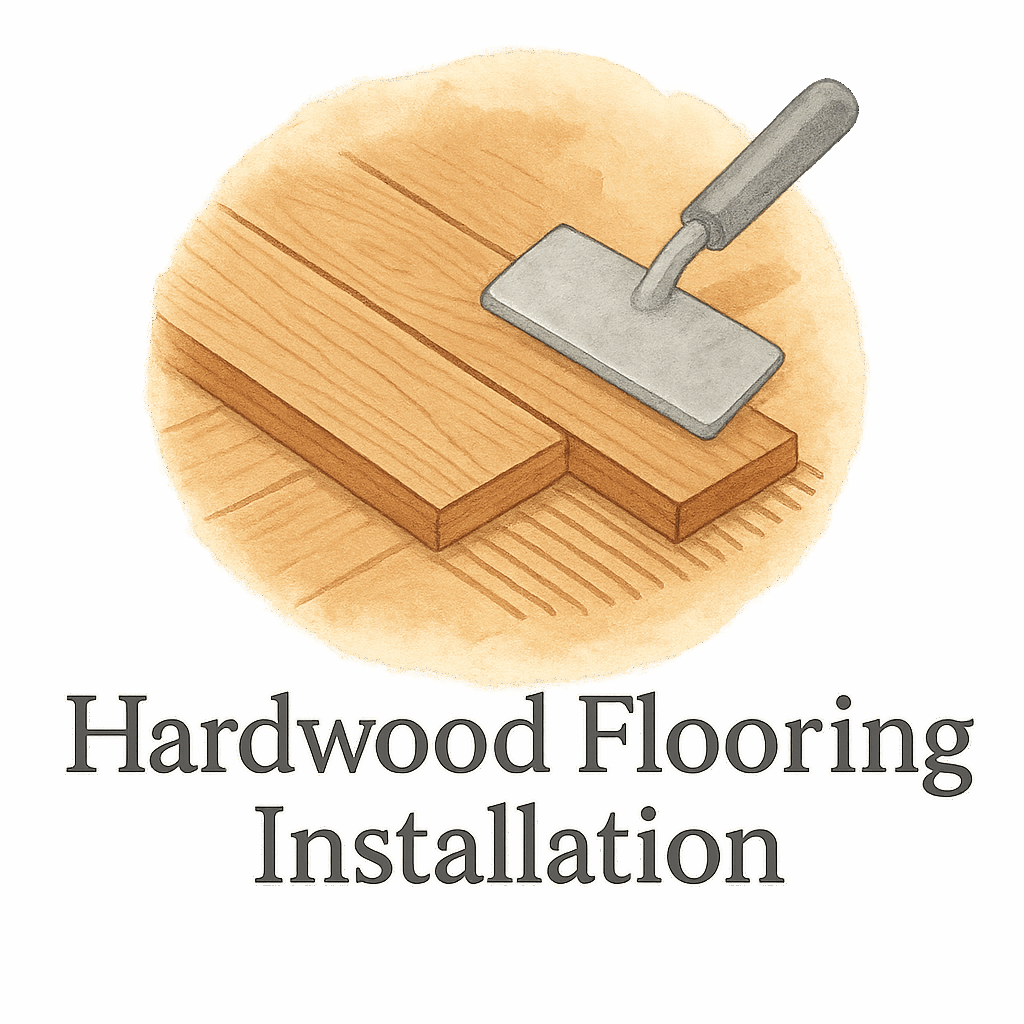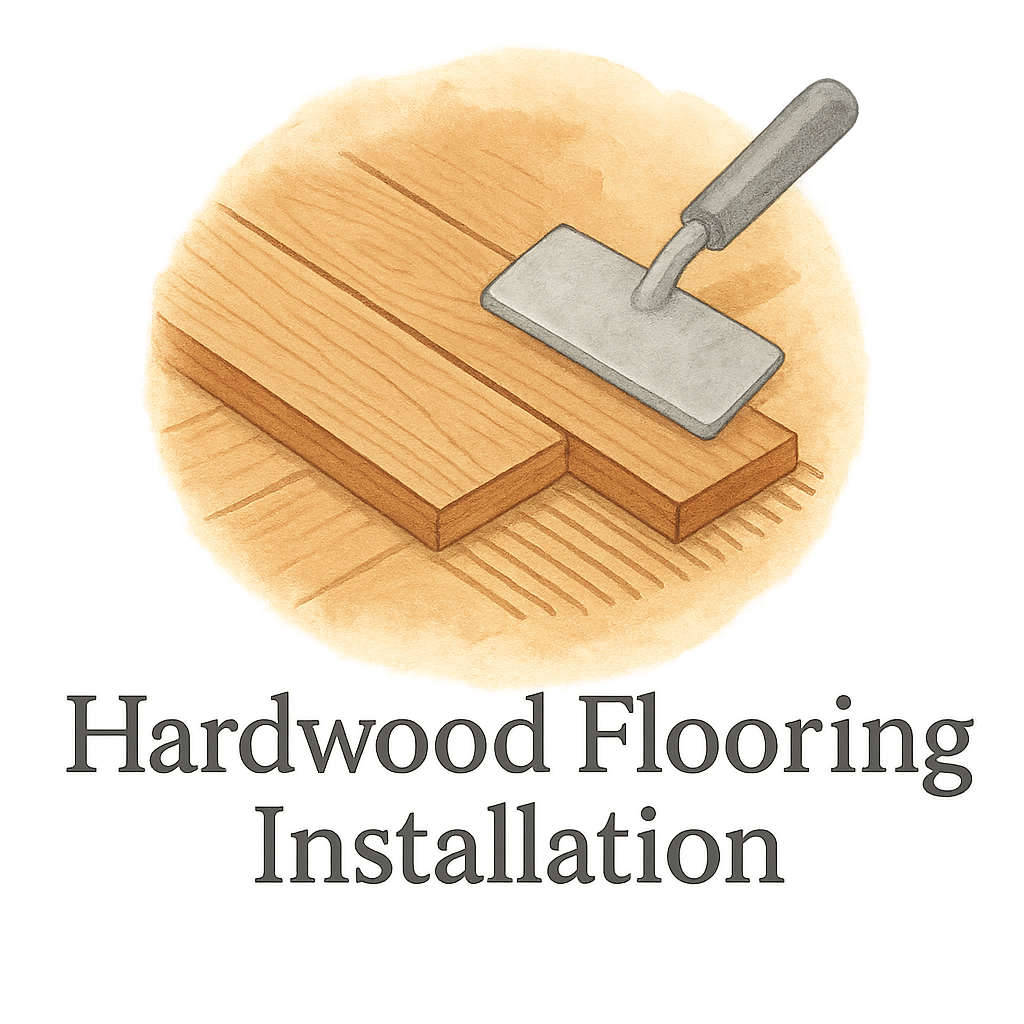Introduction
Ever wondered why some hardwood flooring projects wrap up in a weekend while others drag on for days or even weeks? Installing hardwood flooring isn’t just about laying planks—there’s a whole checklist of things that affect how long the process takes. Whether you’re planning to go full DIY or hire a pro, it’s important to understand what goes into the timeline.
In this guide, we’ll break down the 5 key factors that affect hardwood flooring installation time—and how you can stay on schedule. If you’re tackling this as a homeowner or contractor, these insights will help you make smarter, faster flooring decisions.
Let’s dive in!
1. Subfloor Preparation
Assessing the Subfloor Type
Before a single board is laid, your subfloor needs a thorough inspection. Whether it’s concrete, plywood, or old hardwood, the type of subfloor determines what prep work is needed.
Visit our guide on flooring preparation to explore how different subfloors impact your project.
Common Subfloor Issues
Some common issues that delay installation include:
- Uneven or sloped areas
- Moisture problems
- Cracks or damaged spots
- Squeaky boards
Each of these requires time-consuming fixes—like sanding, leveling compound application, or moisture barriers.
Time Taken to Prep the Subfloor
Simple leveling can add an extra day. Moisture issues? That could delay things by a week or more. And if you’re replacing old floors, factor in tear-out time too.
Want to learn more about prep steps and mistakes to avoid? Check out our tag on prep.
2. Type of Hardwood Flooring
Solid vs Engineered Hardwood
Solid hardwood takes longer to install due to its acclimation needs and specific installation techniques. Engineered hardwood, on the other hand, is more forgiving and quicker to install.
For a complete breakdown of materials, swing by our flooring tools & materials page.
Pre-finished vs Site-finished Wood
Pre-finished wood is a time-saver—it comes ready to install. Site-finished flooring requires sanding and sealing after installation, which can add 2–5 days to the timeline.
Wood Species and Installation Complexity
Dense species like hickory or maple take longer to cut and nail down. Softer woods like oak or walnut are quicker to work with.
Need inspiration for choosing the best species? We’ve got comparisons waiting for you.
3. Room Size and Layout
Complex Layouts and Patterns
Intricate patterns like herringbone or chevron are beautiful—but time-consuming. These require more cutting, measuring, and alignment.
Browse our posts on patterns for layout inspiration and time estimates.
Furniture Removal and Obstructions
Clearing a room takes time. Appliances, built-in furniture, and heavy pieces like pianos must be moved before installation can start.
Open Spaces vs Tight Areas
Wide-open rooms are faster to floor. Tiny hallways, angled cuts, and closets? These slow things down. The more complicated the layout, the longer the job.
Want advice on layout planning? We’ve got you covered.

4. Installation Method
Nail-Down Method
The most traditional method for solid hardwood. It’s durable, but also the slowest. Expect a multi-day process, especially on large floors.
Glue-Down Method
Great for engineered hardwood on concrete subfloors. However, drying time and precise application can stretch your timeline.
Floating Floor Method
This is the fastest method, ideal for DIY installations. It “floats” over underlayment and clicks into place.
If you’re going the DIY route, check our in-depth DIY flooring installation guide for time-saving tips.
5. Installer Experience and Team Size
DIY vs Professional Installation
Let’s be honest—DIY takes longer. A pro crew can knock out 500 sq. ft. a day. As a DIYer, you might do half that with luck (and lots of caffeine).
Explore our articles on DIY and home improvement for realistic expectations.
Crew Size and Workflow Efficiency
One installer = slow progress. A team of 3-4 professionals = faster work. The more hands on deck, the smoother and quicker the job.
Need help finding quotes? Visit our page on flooring cost & time estimation to plan your project wisely.
Additional Time Factors to Consider
Acclimation Time
Wood needs time to adjust to your home’s humidity—typically 3–5 days. Skip this and risk future warping or gaps.
Explore our hardwood tag for more care tips.
Weather and Humidity Levels
Humidity messes with wood. High moisture = delays. In some climates, you may need to pause installation or add dehumidifiers.
Our flooring maintenance & repair page has solutions for weather-related flooring issues.
Tips to Speed Up Hardwood Flooring Installation
Plan Ahead with Materials
Order everything—planks, underlayment, trim, adhesive—in advance. Nothing slows a project like waiting for deliveries.
We’ve created a handy tag on planning to keep you organized.
Use the Right Tools and Equipment
Having a flooring nailer, moisture meter, and saws on hand makes a huge difference. Don’t try to DIY with only a hammer and hope.
Browse our recommended tools & materials for must-haves.
Conclusion
Installing hardwood flooring is a rewarding project—but the time it takes depends on more than just how fast you can swing a hammer. Subfloor condition, wood type, room layout, installation method, and installer experience all play a role.
Understanding these 5 factors helps you set realistic expectations and stay on schedule. Whether you go with a pro or tackle it yourself, planning is everything.
For more flooring tips, tricks, and time-saving guides, visit Flooring Contractor Plano FBS.
FAQs
1. How long does it typically take to install hardwood flooring in one room?
Usually 1–3 days depending on size, subfloor, and the installer’s experience.
2. Does the wood need to acclimate before installation?
Yes! Give it 3–5 days to adjust to your home’s environment to prevent warping.
3. Can I install hardwood over concrete?
Yes, especially with engineered hardwood and a proper vapor barrier. Check our flooring preparation page for more.
4. Which method is fastest—nail-down, glue-down, or floating?
Floating is fastest and great for DIYers. Nail-down takes longer but lasts the longest.
5. What’s the most common mistake that delays flooring installation?
Skipping subfloor prep or not acclimating the wood. See our mistakes tag to avoid other common issues.
6. Is it cheaper to install hardwood yourself?
Yes, but it takes longer and may lead to more mistakes if you’re not experienced. Browse our DIY tag for tips.
7. How can I estimate the total time for my flooring project?
Use our flooring cost & time estimation tool to plan smarter.


